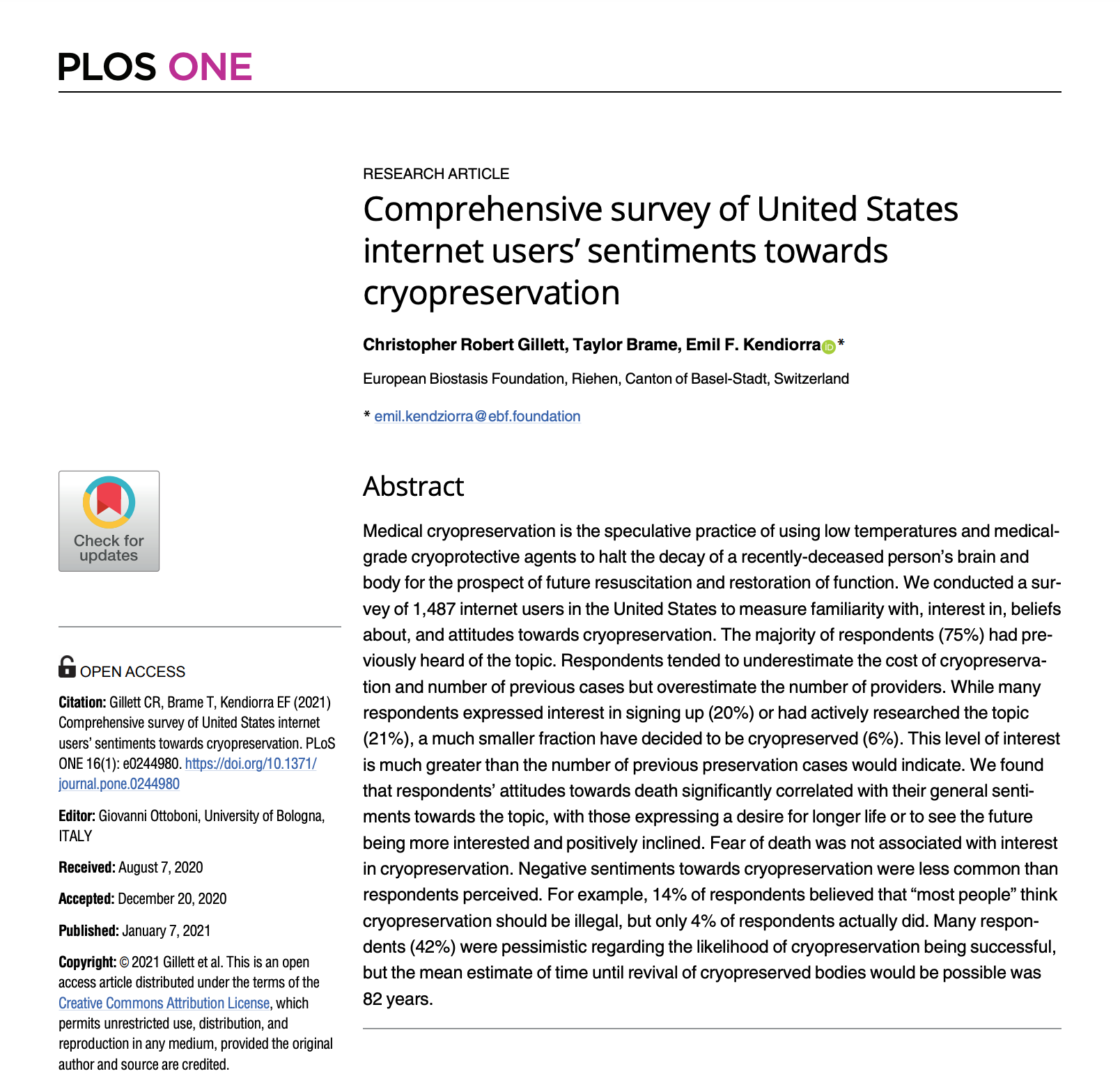Building an organization for the very long-term

Stability and long-term security is of the utmost importance for cryopreservation organizations.
Optimizing for the absolute maximum of stability and security is simple. Doing so while maintaining enough flexibility and effectiveness to rapidly adapt to changes and enable scaling the organization in a relevant manner is much harder.
Both are vitally important, flexibility is needed to maintain growth for a long time to be able to fund research to improve the quality of preservation and stability is needed to ensure that everything is still around in the farther future when reversal is possible.
Either one alone is not worth much, the combination makes everything worthwhile.
We’ve built our structure to balance those requirements by having three specialized organizations that work in close collaboration but are separate legal entities.
Tomorrow Biostasis, as the operative organization that takes care of marketing/community building, contracts and medical standby, skews more towards flexibility while maintain a high amount of stability as well. The European Biostasis Foundation (EBF), as a non-profit foundation focused on research and maintaining the long-term care facility, is situated at the midpoint between stability and flexibility. Last, but not least the Patient Care Trust (Tomorrow Patient Foundation), as the legal guardian for patients in cryopreservation is set up to optimize for unconditional stability (In certain situations EBF can act as a Patient Care Trust as well).
Building an organization with a lot of flexibility is easy, ensuring paramount and long-term stability on the other hand needs much thought and consideration. Here I’ll focus on what we’ve done for stability.
Instability risk can arise from internal (governance, mission alignment or economic) or external (natural, geopolitical or legal) origins.
Governance stability
Over longer period of time internal governance is one of the primary origins of instability. Leadership getting into fights, irreconcilable opinions on direction and fragile decision making processes have ruined many organizations.
To counteract these, we have set up a range of safeguards:
a) the foundation boards are set up as self-anmending with staggered term limited to ensure that new board members can be safely introduced
b) the statues and regulations require ample consideration and high quorum when far-reaching decisions are made
c) the Patient Care Trust furthermore add several provisions to provide an even higher level of stability such as board members being required to have been signed for cryopreservation at the same organization, multi-year involvement in the field, no direct or indirect financial interests, etc, etc
Taken together this distinct governance structure can provide high long-term stability and security — more than archivable with other organizational structures.
Mitigation of mission drift
Cryopreservation provider not only need to be stable and secure but do so for exceptionally long periods. Normal companies regularly change their business models given enough time, sometime drastically — just remember that Nokia started out producing toilet paper. Apart from board members needing to have been involved in this field for years before being allowed to join the foundation boards, there is a specific protection against mission drift: as a Swiss foundation the Swiss Federal Supervisory Authority for Foundations ensures that the purpose of the foundation can not be changed, even when a future majority of board members would like to do so. This authority compares proposed activities against the original purpose set by the founders/benefactor and rejects any change that is not in-line with it. This method has stood the test of time with foundations doing what they were created to do for hundreds of years.
Economic stability
Once started, cryopreservation needs to be paid for until rescuciation is possible. Since its not yet known when the technology to do so will be available, organizations need to be able to sustain themselves and pay for maintenance of cryopreservation for an indefinite time frame. Towards that goal, around 60% of the overall cost (≈120.000 EUR) is put aside and invested. Only the return/interest is used to pay the annual maintenance costs, while the principal amount is keep for pay for resuscitation costs in the future once possible. Around 1–2% return above inflation rate is required to pay for direct and indirect costs of storage once a medium scale has been archived. Historically real return (=above inflation) of bonds was 1.9% (1928 to 2020), allowing for the target return with a low risk profile. As no specific amount of funds is required at a specific time, more complex investment strategies which higher returns are possible as well. Until the needed scale is reached to divide the indirect cost between enough parties, the organizations need to be pre-funded by the founders and external donors (which they are).
Mitigation of natural risks
Switzerland as a whole and the location of the long-term care (storage) facility specifically are in very low risks areas. There are no relevant earthquakes, no serious storms, hurricanes or similar, no floods, or any other relevant geological or natural risk factors. Switzerland is in the lowest risk group at number 17 on the World Risk Index — rated as “Very low chance of disasters”. To mitigate low probability but high impact risks further, the cryopreservation storage area of the facility is located underground, with full concrete walls and multiple layers of security doors.
Geopolitical and political stability
The Global Peace Index 2020 rates Switzerland as overall rank 10 and and rank 5 in the “Safety and Security domain” (lower is better). Furthermore, Switzerland is located in the world’s most peaceful region, Europe. On the Fragile States Index Switzerland is 174th out of 179 (2021, higher is better), rank 9 on the World Bank Political Stability Index (2019, lower is better) and rank 6 or 7 on the IMF and World Bank GDP per capita PPP ranking (2021 and 2020, respectively, lower is better).
The country is already regularly ranked as one of the most free, secure and liberal society, for example as rank 2 in the World Liberty Index (2021, lower is better).
Summary
In summary, Europe and Switzerland is one of (if not the) ideal region and country for long-term cryopreservation storage. Foundations, well-designed governance and safeguards against mission drift ensure that internal and external risks can be mitigated.



